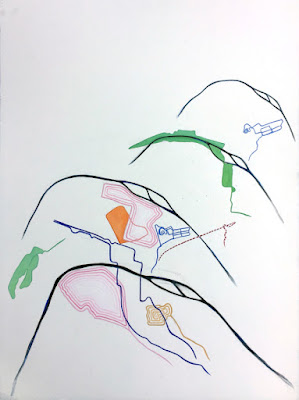In Residence: Filmmaker Terence Nance

By his own admission, filmmaker Terence Nance has been working on “5,000 things” while in residence. It’s the nature of the filmmaking beast to have many pots (post-production, editing, filming, pre-production, etc.) bubbling away at once on the stovetop. Keeping on top of them all is a necessary challenge, especially for a young filmmaker. Terence’s first feature film, An Oversimplification of Her Beauty premiered at the 2012 Sundance Film Festival as part of its New Frontier program. The film, which uses both live action and animation, garnered a number of accolades: Filmmaker magazine named Terence one of the 25 new faces of independent film. The film also won the 2012 Gotham Award for “Best Film Not Playing at a Theater Near You.” The film has since been released theatrically in the U.S., U.K., France and South Africa. On a fellowship funded by the NEA supporting community based, socially engaged visual artists, Terence was joined at VCCA by his collabor...



